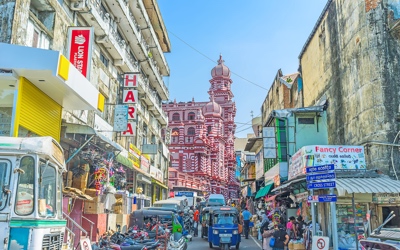
Colombo Sightseeing & Shopping
4 h
Instant confirmation
About this activity
Itinerary
This is a typical itinerary for this product
Stop At: Gangaramaya (Vihara) Buddhist Temple, 61 Sri Jinaratana Road, Colombo Sri Lanka
Gangaramaya is one of the oldest Buddhist temples in Colombo, started by the famous scholar monk Hikkaduwe Sri Sumangala Nayaka Thera in the late 19th Century.
After the Venerable Sri Sumangala, his chief pupil Devundera Sri Jinaratana Nayake Thera took on the administration of the temple. It was he who laid the foundation to convert the little temple to an institute of international reckoning.
The next chief incumbent was the Ven. Devundara Keerthi Sri Sumangala Jinaratana Vacissara Thera, the teacher of the Ven. Galboda Gnanissara, who worked to make the Gangaramaya what it is today: much more than a temple in the conventional term, but a place of worship, a seat of learning and a cultural centre.
Duration: 20 minutes
Pass By: Old Parliament Building, Fort, Colombo Sri Lanka
The Neo-Baroque-style building was built during the British colonial era to house the Legislative Council of Ceylon, and was an idea of Sir Henry McCallum. This was subsequently included in a proposal made by a committee to construct the new building for the Secretariat, Council Chamber and Government offices on reclaimed land at the northern end of Galle Face, which was approved by the Government in 1920.
Pass By: Galle Face Green, Galle Road, Colombo Sri Lanka
Galle Face is a 5 ha (12 acres) ocean-side urban park, which stretches for 500 m (1,600 ft) along the coast, in the heart of Colombo, the financial and business capital of Sri Lanka. The promenade was initially laid out in 1859 by Governor Sir Henry George Ward, although the original Galle Face Green extended over a much larger area than is seen today. The Galle Face Green was initially used for horse racing and as a golf course, but was also used for cricket, polo, football, tennis and rugby.
Stop At: Arcade Independence Square, 7 Colombo, Colombo 00700 Sri Lanka
Independence Memorial Hall (also Independence Commemoration Hall) is a national monument in Sri Lanka built for commemoration of the independence of Sri Lanka from the British rule with the restoration of full governing responsibility to a Ceylonese-elected legislature on February 4, 1948. It is located in Independence Square (formerly Torrington Square) in the Cinnamon Gardens, Colombo. It also houses the Independence Memorial Museum.
The monument was built at the location where the formal ceremony marking the start of self-rule, with the opening of the first parliament by the HRH Prince Henry, Duke of Gloucester occurred at a special podium February 4, 1948.
Located at the head of the monument is the statue of the first prime minister of the country Rt. Hon. Don Stephen Senanayake "The Father of the Nation". Most of the annual National Independence Day celebrations have been held here. Apart from a monument it served as the ceremonial assembly hall for the Senate of Ceylon and the House of Representatives of Ceylon until the parliament was moved to the new parliament complex. Currently it is the venue for religious events and annual national day celebrations.
Duration: 20 minutes
Stop At: Colombo National Museum, Albert Crescent, Colombo Sri Lanka
The Colombo Museum as it was called at the beginning was established on 1st January 1877. It founder was Sir William Henry Gregory, the British Governor of Ceylon (Sri Lanka) at the time.
The Royal Asiatic Society (CB) was instrumental in bringing to the notice of Gregory on his appointment as Governor in 1872 the need for a public museum with much difficulty the approval of the legislative council was obtained within a year. The Architect of the Public Works Department, J.G. Smither was able to prepare the plans for new structure on Italian architectural style. The construction was completed in 1876 and the Museum commenced it functions in the following year.
The Authorities of the museum took various steps to display the cultural and natural heritage of the country for this purpose.
With the development of the museum to international level, it earned the status of a national museum during the period of Dr. P. E. P. Deraniyagala. He was able to open up branch museums in Jaffna, Kandy and Ratnapura and a full - fledged Department of National Museums was established in 1942 under the act No. 31. The extension of the number of branch museums has now increased to nine and in addition a school science programme and a mobile museum service are also in operation.
Duration: 1 hour
Stop At: Laksala, No 60, York Street No.215, Bauddhaloka Mawatha, Colombo 07, Thummulla., Colombo Sri Lanka
Shop at ease at laksala for all the handicrafts and hand made srilankan products
Duration: 30 minutes
Stop At: Traditional Gem Mine, 9A St. Anthony's Mawatha, Colombo Sri Lanka
Do you know Srilanka is famous for rich gems?
Here is the opportunity to shop your heart captured Gems and Jewelleries for cheap rates which are approved by the Gem Bureau of Srilanka
(No hidden bussiness 100% Satisfied)
Duration: 30 minutes
Stop At: Jami Ul-Alfar Mosque, Second Cross Street, Colombo 01100 Sri Lanka
Construction of the Jami-Ul-Alfar Mosque commenced in 1908 and the building was completed in 1909. The mosque was commissioned by the local Indian Muslim community, based in Pettah, to fulfill their required five-times-daily prayer and Jummah on Fridays. The mosque's designer and builder was Habibu Labbe Saibu Labbe (an unqualified architect), and was based on details/images of Indo-Saracenic structures provided by South Indian traders, who commissioned him. It is a hybrid style of architecture, that draws elements from native Indo-Islamic and Indian architecture, and combines it with the Gothic revival and Neo-classical styles. Originally it had the capacity for 1,500 worshippers although at the time only around 500 were attending prayers.
It is a distinctive red and white candy-striped two-storey building, with a clock tower, and is reminiscent of the Jamek Mosque in Kuala Lumpur, Malaysia (constructed in 1910). Before other landmarks were built, some claim that the Jami Ul-Alfar Mosque was recognized as the landmark of Colombo by sailors approaching the port.
In 1975 the mosque, with the assistance of the Haji Omar Trust,purchased a number of the adjoining properties and commenced building an expansion to the mosque to increase its capacity to 10,000.
Duration: 20 minutes
Read more
Show less
This is a typical itinerary for this product
Stop At: Gangaramaya (Vihara) Buddhist Temple, 61 Sri Jinaratana Road, Colombo Sri Lanka
Gangaramaya is one of the oldest Buddhist temples in Colombo, started by the famous scholar monk Hikkaduwe Sri Sumangala Nayaka Thera in the late 19th Century.
After the Venerable Sri Sumangala, his chief pupil Devundera Sri Jinaratana Nayake Thera took on the administration of the temple. It was he who laid the foundation to convert the little temple to an institute of international reckoning.
The next chief incumbent was the Ven. Devundara Keerthi Sri Sumangala Jinaratana Vacissara Thera, the teacher of the Ven. Galboda Gnanissara, who worked to make the Gangaramaya what it is today: much more than a temple in the conventional term, but a place of worship, a seat of learning and a cultural centre.
Duration: 20 minutes
Pass By: Old Parliament Building, Fort, Colombo Sri Lanka
The Neo-Baroque-style building was built during the British colonial era to house the Legislative Council of Ceylon, and was an idea of Sir Henry McCallum. This was subsequently included in a proposal made by a committee to construct the new building for the Secretariat, Council Chamber and Government offices on reclaimed land at the northern end of Galle Face, which was approved by the Government in 1920.
Pass By: Galle Face Green, Galle Road, Colombo Sri Lanka
Galle Face is a 5 ha (12 acres) ocean-side urban park, which stretches for 500 m (1,600 ft) along the coast, in the heart of Colombo, the financial and business capital of Sri Lanka. The promenade was initially laid out in 1859 by Governor Sir Henry George Ward, although the original Galle Face Green extended over a much larger area than is seen today. The Galle Face Green was initially used for horse racing and as a golf course, but was also used for cricket, polo, football, tennis and rugby.
Stop At: Arcade Independence Square, 7 Colombo, Colombo 00700 Sri Lanka
Independence Memorial Hall (also Independence Commemoration Hall) is a national monument in Sri Lanka built for commemoration of the independence of Sri Lanka from the British rule with the restoration of full governing responsibility to a Ceylonese-elected legislature on February 4, 1948. It is located in Independence Square (formerly Torrington Square) in the Cinnamon Gardens, Colombo. It also houses the Independence Memorial Museum.
The monument was built at the location where the formal ceremony marking the start of self-rule, with the opening of the first parliament by the HRH Prince Henry, Duke of Gloucester occurred at a special podium February 4, 1948.
Located at the head of the monument is the statue of the first prime minister of the country Rt. Hon. Don Stephen Senanayake "The Father of the Nation". Most of the annual National Independence Day celebrations have been held here. Apart from a monument it served as the ceremonial assembly hall for the Senate of Ceylon and the House of Representatives of Ceylon until the parliament was moved to the new parliament complex. Currently it is the venue for religious events and annual national day celebrations.
Duration: 20 minutes
Stop At: Colombo National Museum, Albert Crescent, Colombo Sri Lanka
The Colombo Museum as it was called at the beginning was established on 1st January 1877. It founder was Sir William Henry Gregory, the British Governor of Ceylon (Sri Lanka) at the time.
The Royal Asiatic Society (CB) was instrumental in bringing to the notice of Gregory on his appointment as Governor in 1872 the need for a public museum with much difficulty the approval of the legislative council was obtained within a year. The Architect of the Public Works Department, J.G. Smither was able to prepare the plans for new structure on Italian architectural style. The construction was completed in 1876 and the Museum commenced it functions in the following year.
The Authorities of the museum took various steps to display the cultural and natural heritage of the country for this purpose.
With the development of the museum to international level, it earned the status of a national museum during the period of Dr. P. E. P. Deraniyagala. He was able to open up branch museums in Jaffna, Kandy and Ratnapura and a full - fledged Department of National Museums was established in 1942 under the act No. 31. The extension of the number of branch museums has now increased to nine and in addition a school science programme and a mobile museum service are also in operation.
Duration: 1 hour
Stop At: Laksala, No 60, York Street No.215, Bauddhaloka Mawatha, Colombo 07, Thummulla., Colombo Sri Lanka
Shop at ease at laksala for all the handicrafts and hand made srilankan products
Duration: 30 minutes
Stop At: Traditional Gem Mine, 9A St. Anthony's Mawatha, Colombo Sri Lanka
Do you know Srilanka is famous for rich gems?
Here is the opportunity to shop your heart captured Gems and Jewelleries for cheap rates which are approved by the Gem Bureau of Srilanka
(No hidden bussiness 100% Satisfied)
Duration: 30 minutes
Stop At: Jami Ul-Alfar Mosque, Second Cross Street, Colombo 01100 Sri Lanka
Construction of the Jami-Ul-Alfar Mosque commenced in 1908 and the building was completed in 1909. The mosque was commissioned by the local Indian Muslim community, based in Pettah, to fulfill their required five-times-daily prayer and Jummah on Fridays. The mosque's designer and builder was Habibu Labbe Saibu Labbe (an unqualified architect), and was based on details/images of Indo-Saracenic structures provided by South Indian traders, who commissioned him. It is a hybrid style of architecture, that draws elements from native Indo-Islamic and Indian architecture, and combines it with the Gothic revival and Neo-classical styles. Originally it had the capacity for 1,500 worshippers although at the time only around 500 were attending prayers.
It is a distinctive red and white candy-striped two-storey building, with a clock tower, and is reminiscent of the Jamek Mosque in Kuala Lumpur, Malaysia (constructed in 1910). Before other landmarks were built, some claim that the Jami Ul-Alfar Mosque was recognized as the landmark of Colombo by sailors approaching the port.
In 1975 the mosque, with the assistance of the Haji Omar Trust,purchased a number of the adjoining properties and commenced building an expansion to the mosque to increase its capacity to 10,000.
Duration: 20 minutes
Included
- All taxes, fees and handling charges
- Driver/guide
- Hotel pickup and drop-off
- Transport by private vehicle
Not included
- Food and drinks
- Entry/Admission - Gangaramaya (Vihara) Buddhist Temple
- Entry/Admission - Colombo National Museum
Additional
- Confirmation will be received at time of booking
- Not wheelchair accessible
- Infant seats available
- A minimum of 2 people per booking is required
- A dress code is required to enter places of worship and selected museums. No shorts or sleeveless tops allowed. Knees and shoulders MUST be covered for both men and women. You may risk refused entry if you fail to comply with these dress requirements
- A maximum of 15 people per booking
- This is a private tour/activity. Only your group will participate
Features
Tourism
55%
Cultural
30%
Collections
This experience is part of these collections
You may also like









 See all 28 Collections
See all 28 Collections
Click to discover other experiences
See all
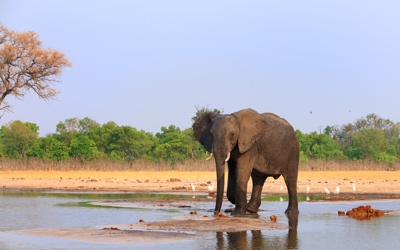
Collections
Elephant Watching
7 Activities
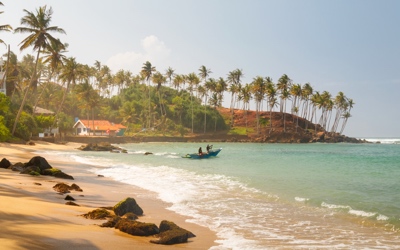
Collections
Shore Excursions
73 Activities
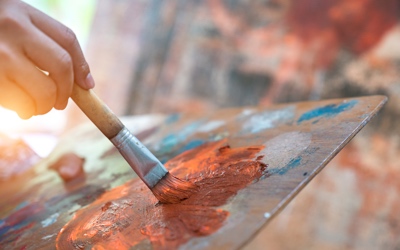
Collections
Original
9 Activities
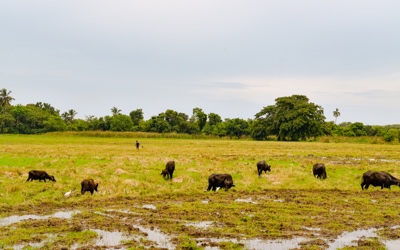
Collections
Udawalawe National Park
29 Activities
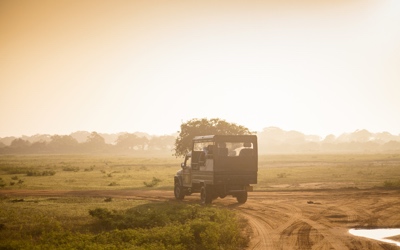
Collections
Yala National Park
23 Activities
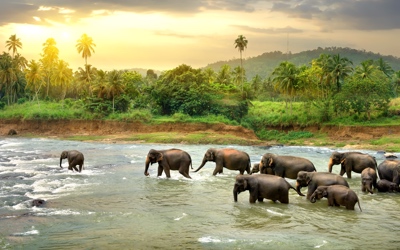
Collections
Safari & Wildlife
92 Activities
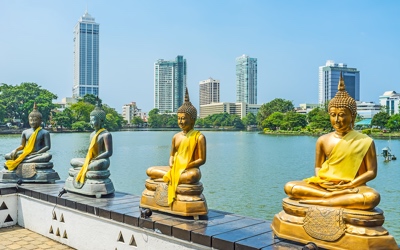
Collections
Luxury Excursions
6 Activities
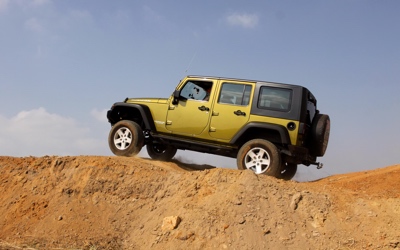
Collections
Jeep Ride
10 Activities
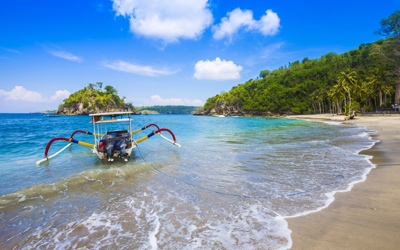
Collections
Beach Holidays & Honeymoon
31 Activities
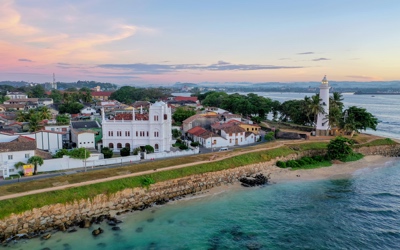
Collections
Trips to Galle
71 Activities

